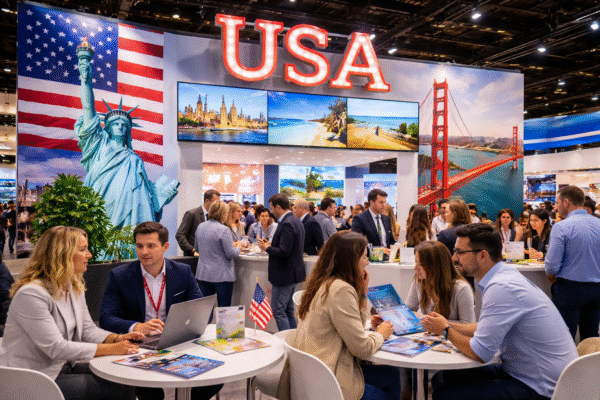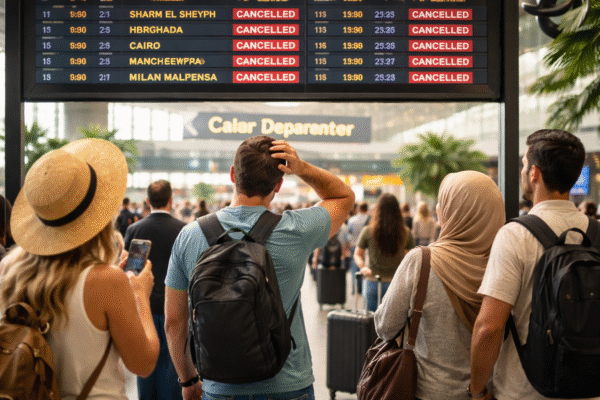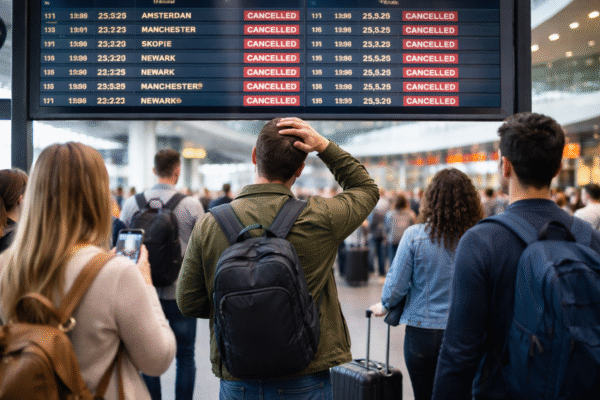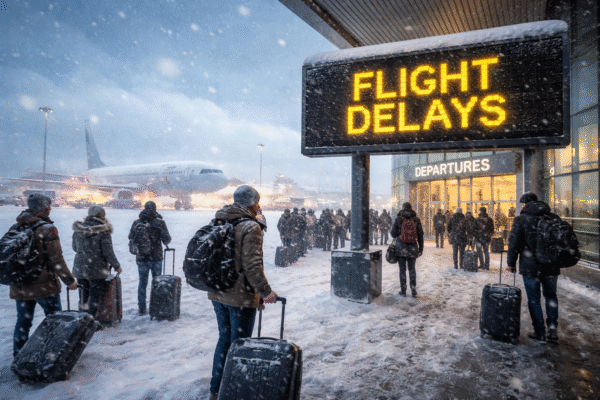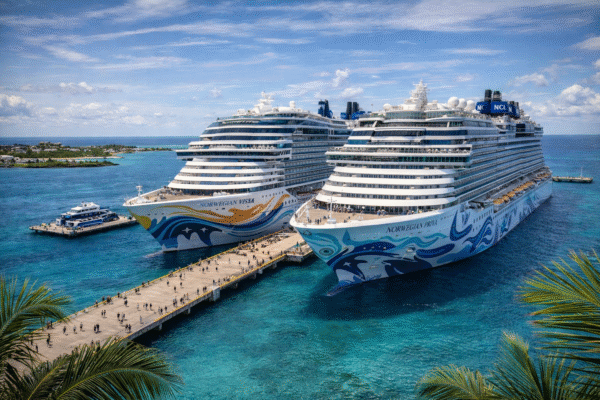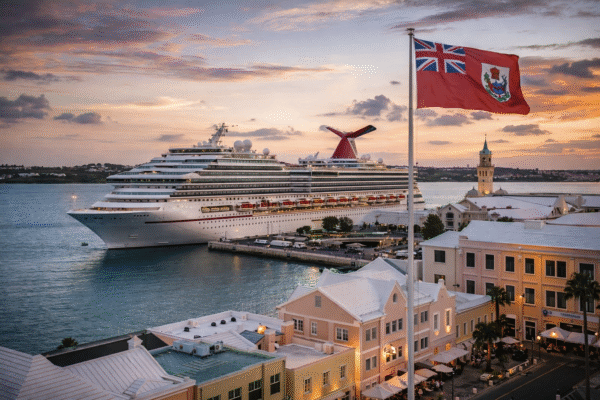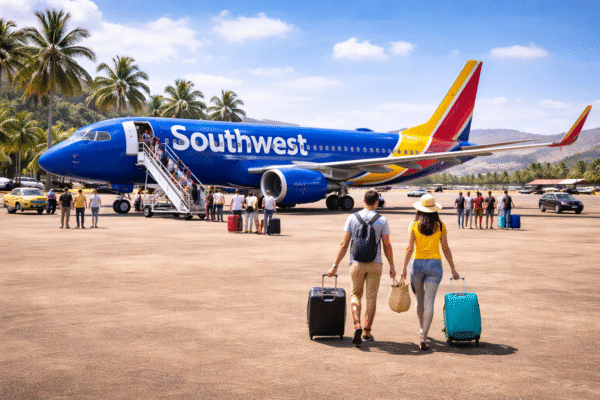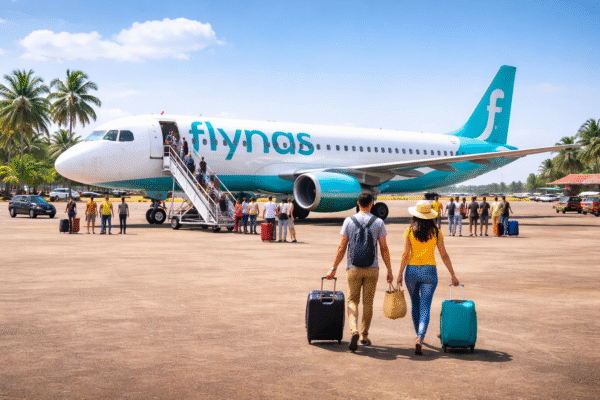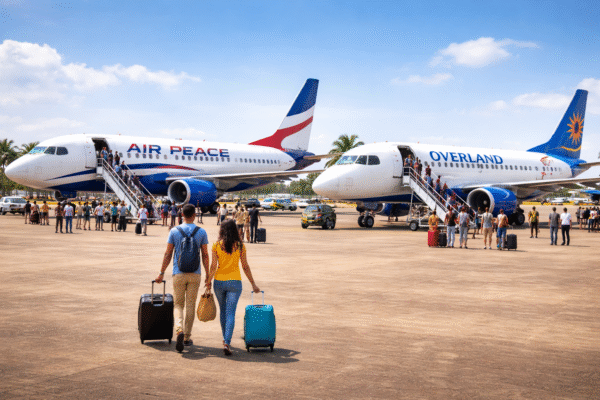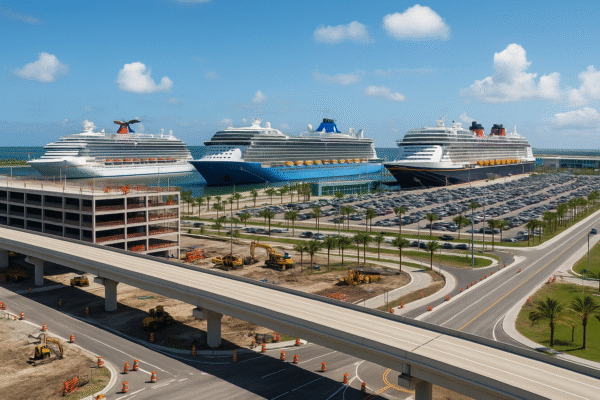Port Canaveral Prepares for Record-Breaking Passenger Surge
PORT CANAVERAL, Florida — Port Canaveral is preparing for an unprecedented surge in cruise passengers, with projections showing a record-breaking 9 million visitors expected during the 2025–26 fiscal year. To address the growing demand and the accompanying traffic congestion, the port has announced a series of large-scale infrastructure upgrades valued at $500 million. These improvements aim to ensure a smoother experience for both passengers and local residents.
Chairman Wayne Justice of the Canaveral Port Authority has emphasized that traffic congestion is now the “elephant in the room.” With the steady increase in cruise ship arrivals, especially on peak “five- and six-ship days,” the pressure on local roads and parking facilities has intensified. The number of busy cruise days is expected to rise from 88 to 93 per year, with six-ship days more than doubling, creating additional strain on roadways and parking zones.
Growing Traffic Challenges
In recent years, Port Canaveral has experienced exponential growth driven by the popularity of mega cruise ships and the port’s strategic location near Orlando and the Space Coast. In March 2025, the port broke its monthly passenger movement record, handling nearly one million passenger entries and exits. This trend signals continued growth and highlights the urgent need for upgrades to match the rising demand.
The expansion of cruise lines and the arrival of next-generation ships have further increased traffic. Royal Caribbean’s Star of the Seas, Disney Cruise Line’s Disney Treasure, and Carnival’s Mardi Gras have already drawn large crowds, while new ships like Norwegian Cruise Line’s Norwegian Aqua and Carnival’s Carnival Festivale, scheduled to homeport in the coming years, promise to bring even more visitors. MSC Cruises has also confirmed deployment of a major vessel, reinforcing Port Canaveral’s position as one of the busiest cruise hubs in the world.
$500 Million in Infrastructure Investments
To tackle the rising congestion, Port Canaveral has committed to an ambitious $500 million infrastructure investment plan. This comprehensive strategy covers upgrades to cruise terminals, parking facilities, roadways, and port logistics to better accommodate the growing traffic.
Key components of this plan include:
- Terminal Expansions: Terminal 5 will undergo a $69 million expansion, nearly doubling its size. This will allow the port to handle larger vessels and improve the flow of passengers during boarding and disembarkation.
- Parking Upgrades: Two new multi-level parking garages will add more than 3,000 parking spaces near the busiest cruise terminals. These additions will significantly reduce delays and improve accessibility for drive-in passengers.
- Roadway Enhancements: The port is redesigning and expanding key internal roads to create better traffic circulation patterns, including upgraded pick-up and drop-off areas for smoother vehicle flow.
- Berth and Pier Enhancements: Additional berths and modernized docking areas will support larger cruise ships and more efficient operations for cargo and cruise traffic.
These projects aim to improve efficiency and safety while maintaining Port Canaveral’s reputation as a world-class cruise gateway.
Traffic Control and Data-Driven Solutions
To address the immediate traffic challenges, Port Canaveral is increasing the presence of traffic personnel, including off-duty sheriff’s deputies, during peak days. These officers will help direct vehicles efficiently and reduce bottlenecks at key intersections near terminals.
The port is also investing in data-driven traffic management systems. By studying traffic patterns and peak times, officials aim to create smarter, more efficient flow strategies that anticipate congestion before it happens. These insights will guide future planning and ensure the port remains adaptable to rising passenger numbers.
State and Regional Collaborations
Recognizing that local improvements alone are not enough, Port Canaveral is partnering with the Florida Department of Transportation (FDOT) and regional agencies to enhance access routes. Plans include widening State Road 528, improving connectors, and replacing aging drawbridges along State Road 401. These regional projects will complement the port’s upgrades and provide long-term solutions to ease congestion for both passengers and residents.
Community Engagement and Transparency
Port Canaveral acknowledges that traffic congestion affects the local community as much as it impacts passengers. To foster transparency and gather community input, the port will hold a public meeting on September 24, 2025, to present a detailed traffic report. Residents will have the opportunity to share feedback and learn more about ongoing and future projects aimed at reducing congestion and improving safety.
Economic Significance of Cruise Tourism
The ongoing investments not only aim to address congestion but also to strengthen the economic impact of cruise tourism in Florida’s Space Coast region. Studies show that over 90% of cruise passengers stay overnight in nearby hotels, with many arriving early or extending their vacation after their cruise. On average, a cruise party spends more than $3,000 locally, contributing significantly to the area’s economy, including hotels, restaurants, transportation providers, and entertainment venues.
Port Canaveral’s growth benefits local businesses, supports jobs, and enhances the region’s profile as a premier global cruise destination.
Looking Ahead
With passenger numbers projected to reach 9 million in 2025, Port Canaveral’s focus on infrastructure and traffic solutions underscores its commitment to maintaining smooth operations amid rapid growth. From expanding parking and terminal facilities to collaborating on state-wide traffic improvements, the port is taking proactive measures to address congestion while elevating the experience for travelers.
These enhancements will help Port Canaveral retain its status as a leader in the global cruise industry while supporting sustainable growth and maintaining harmony with the surrounding community.
For more travel news like this, keep reading Global Travel Wire

